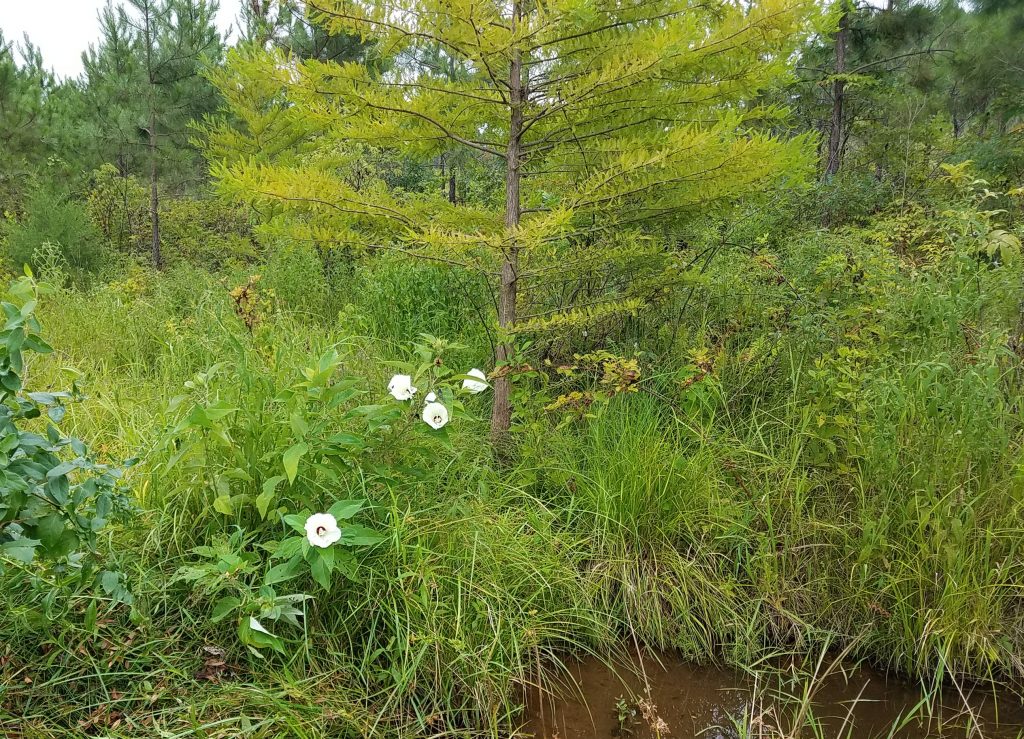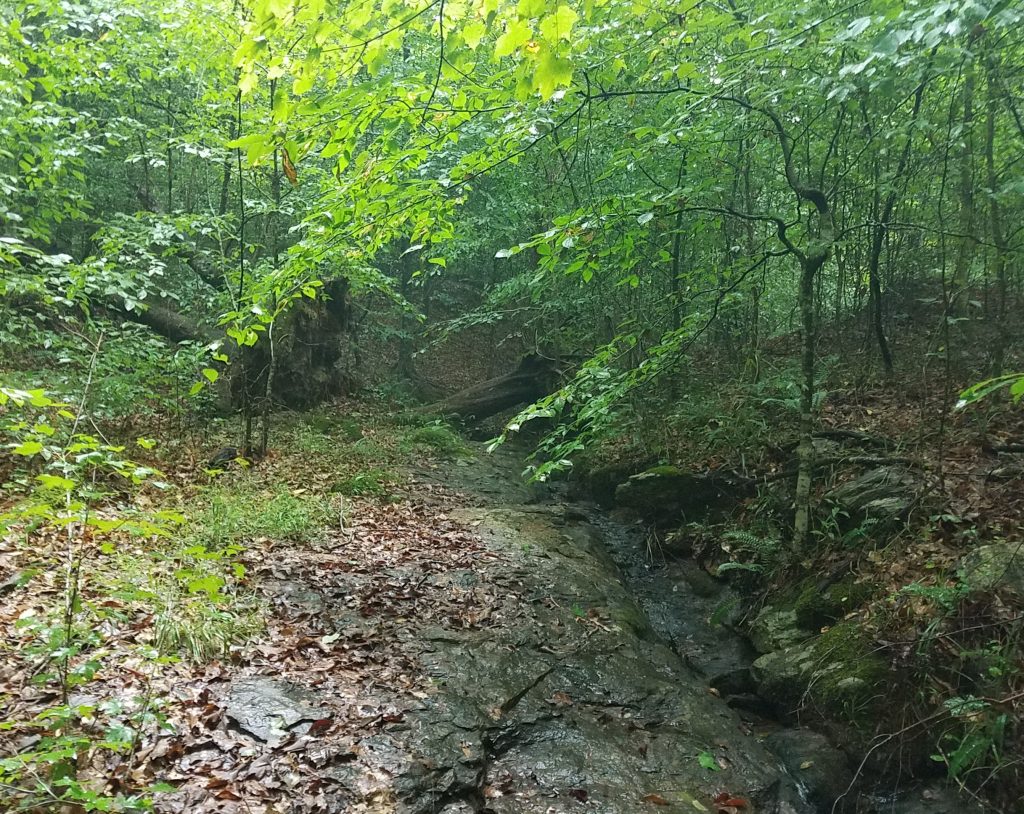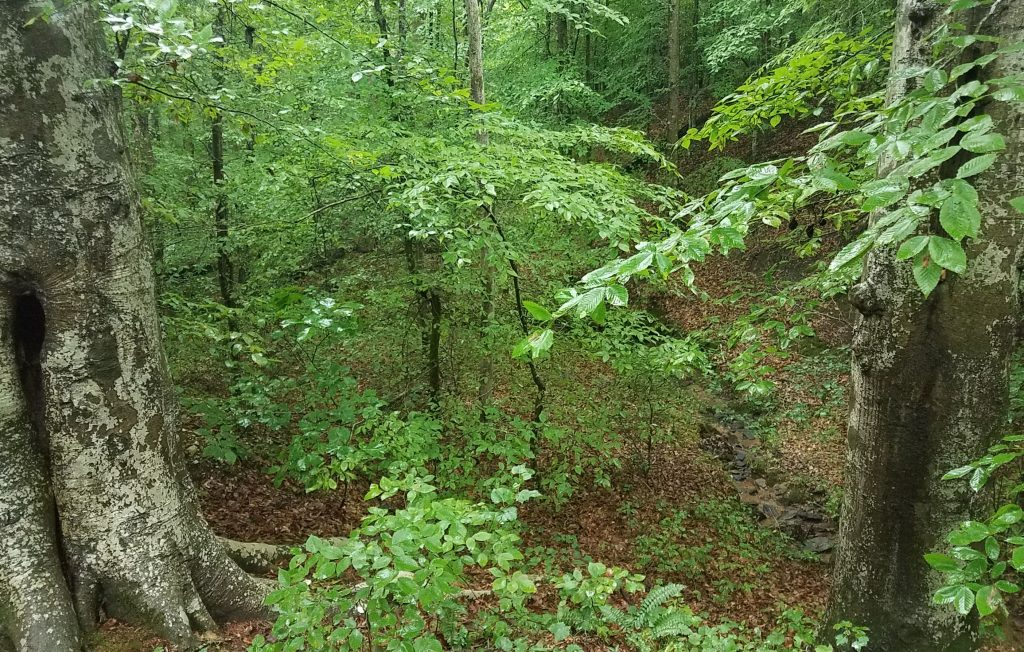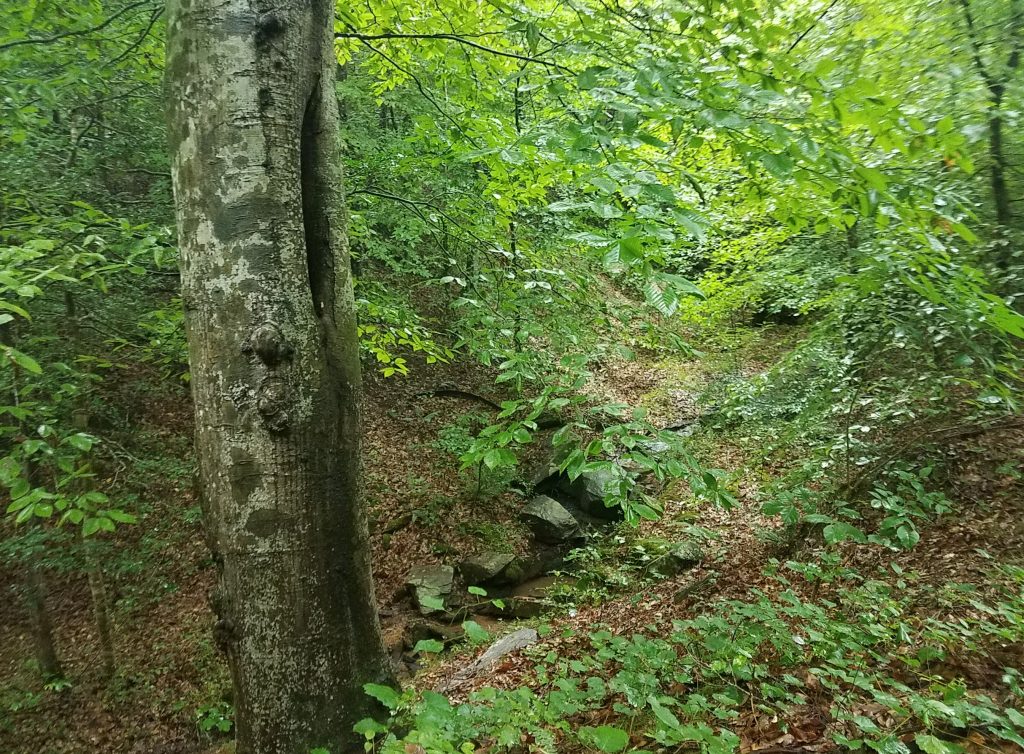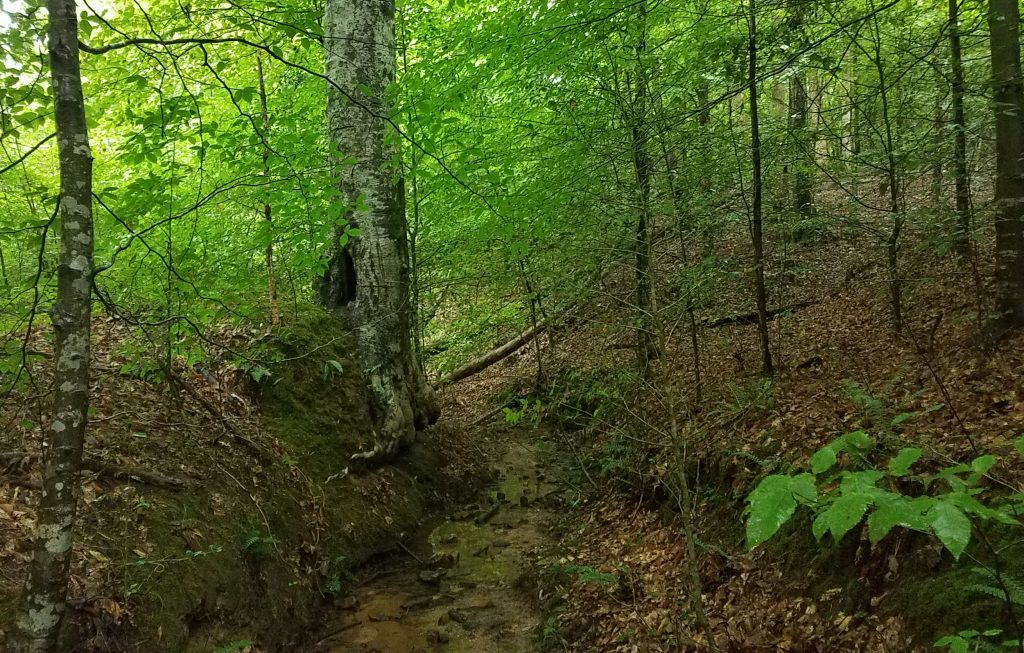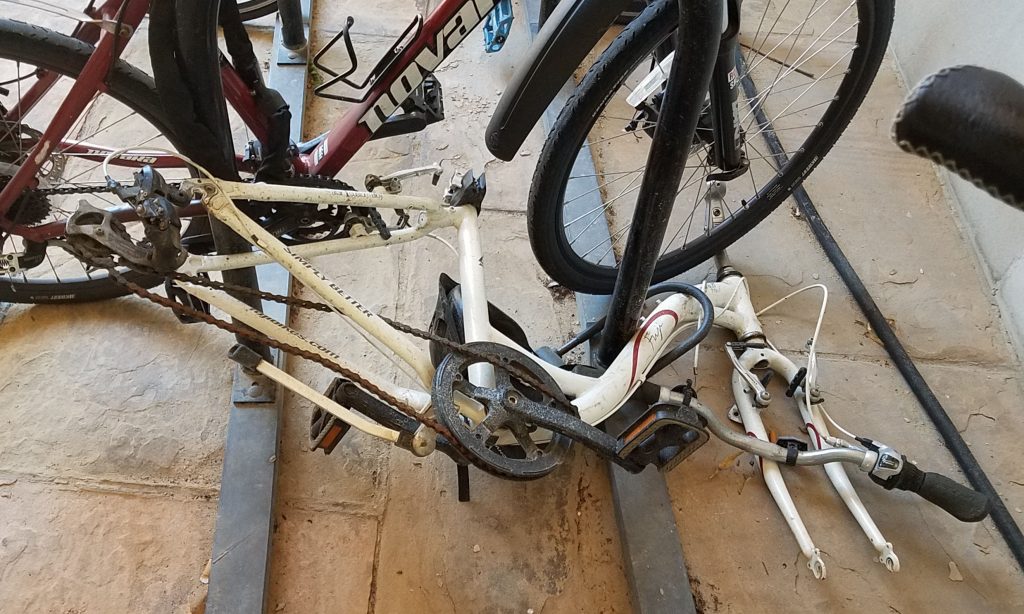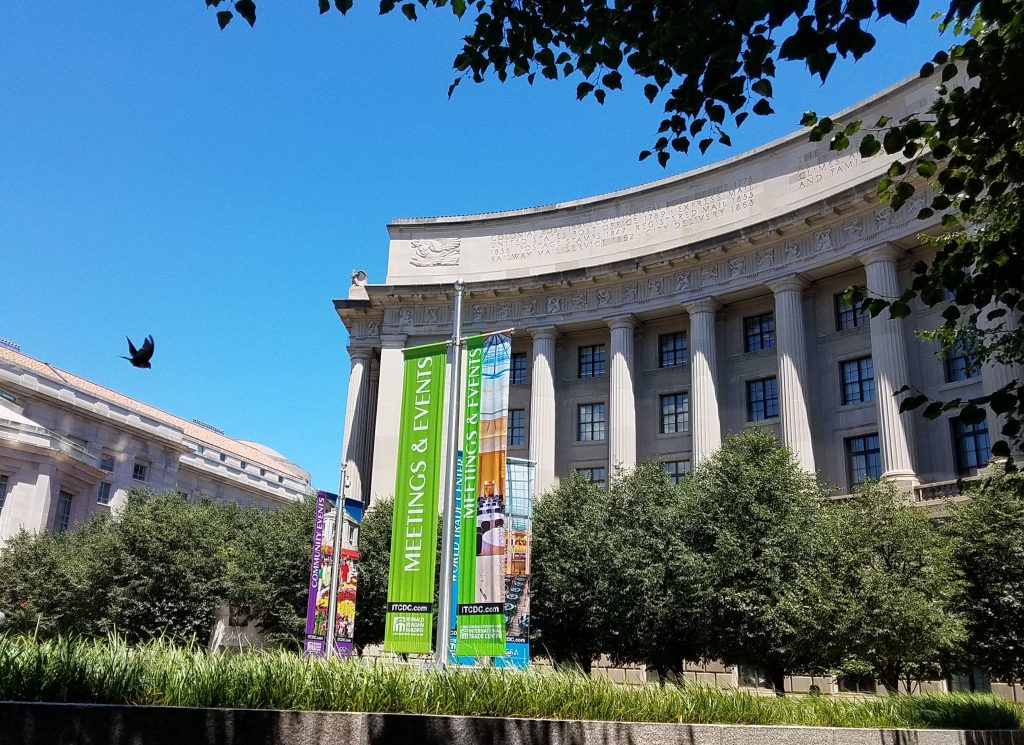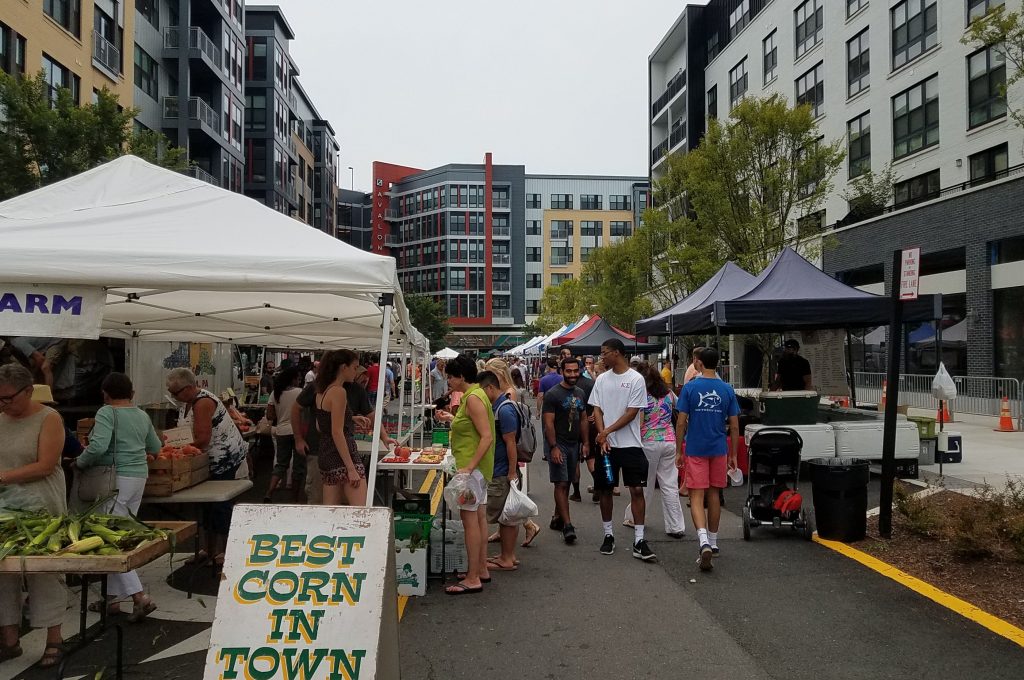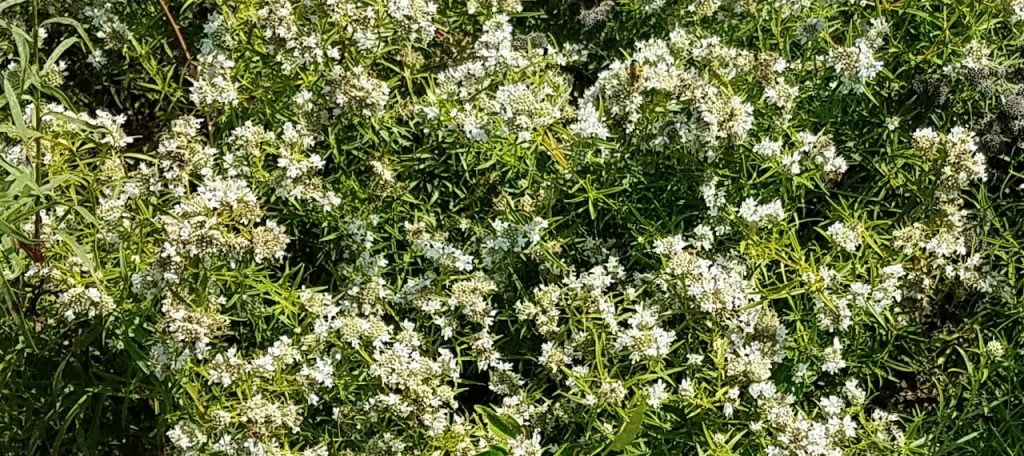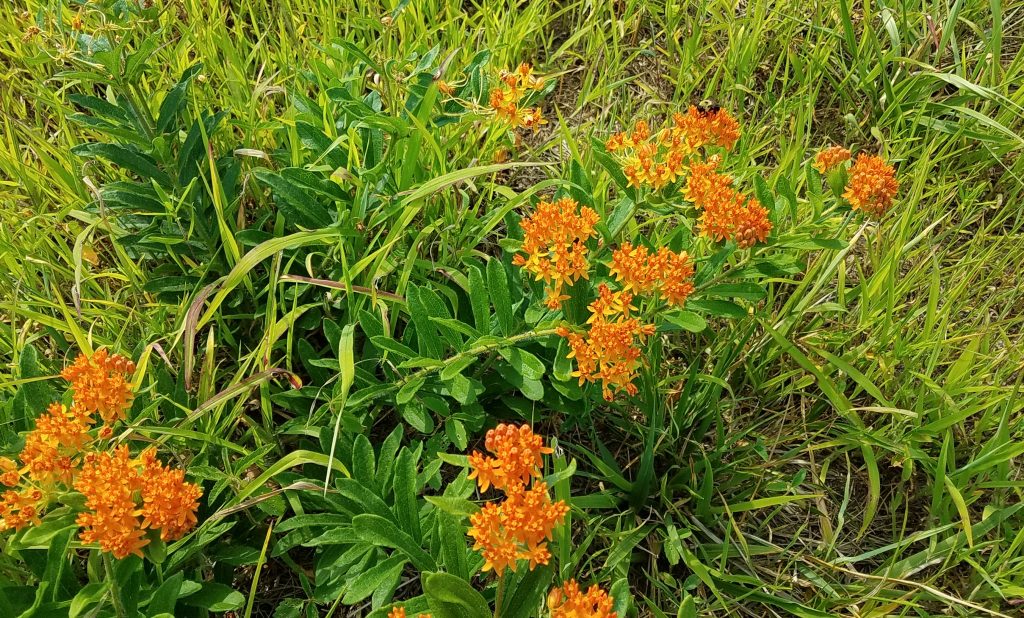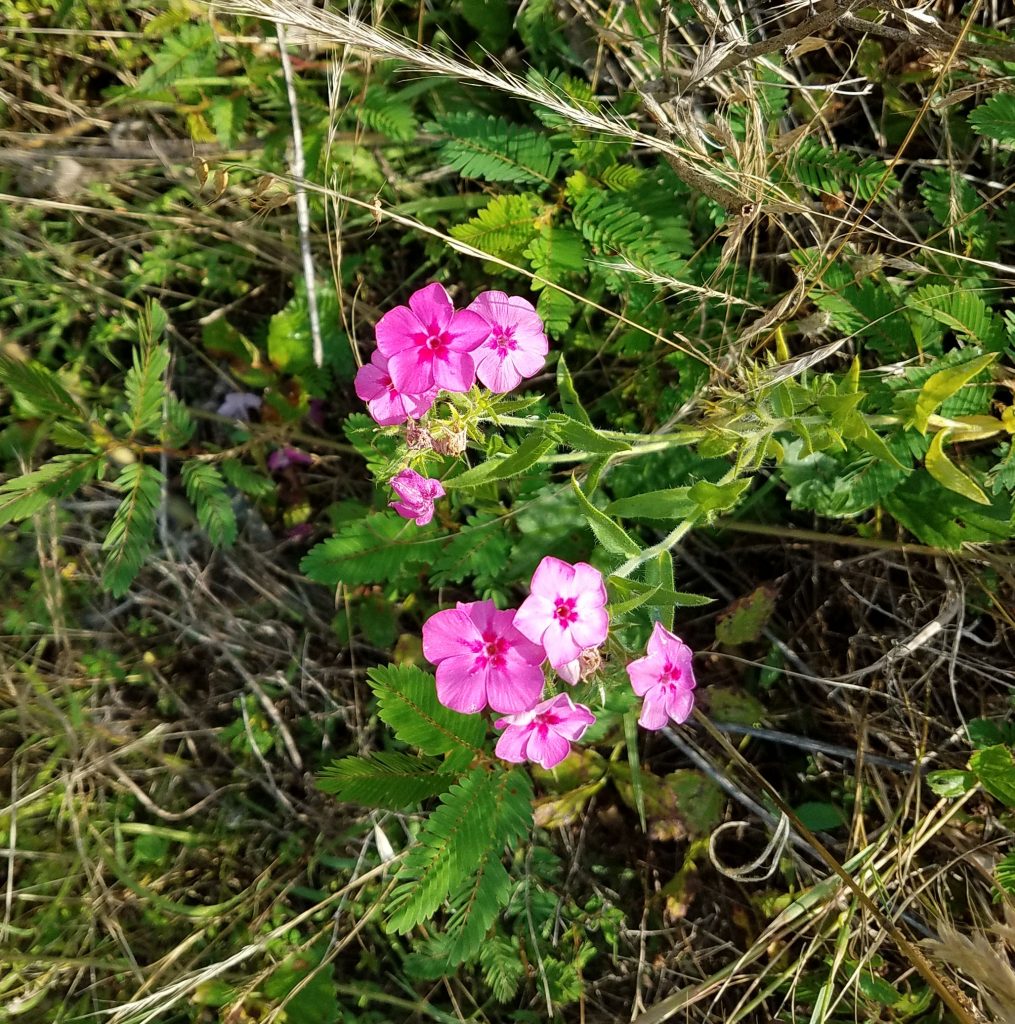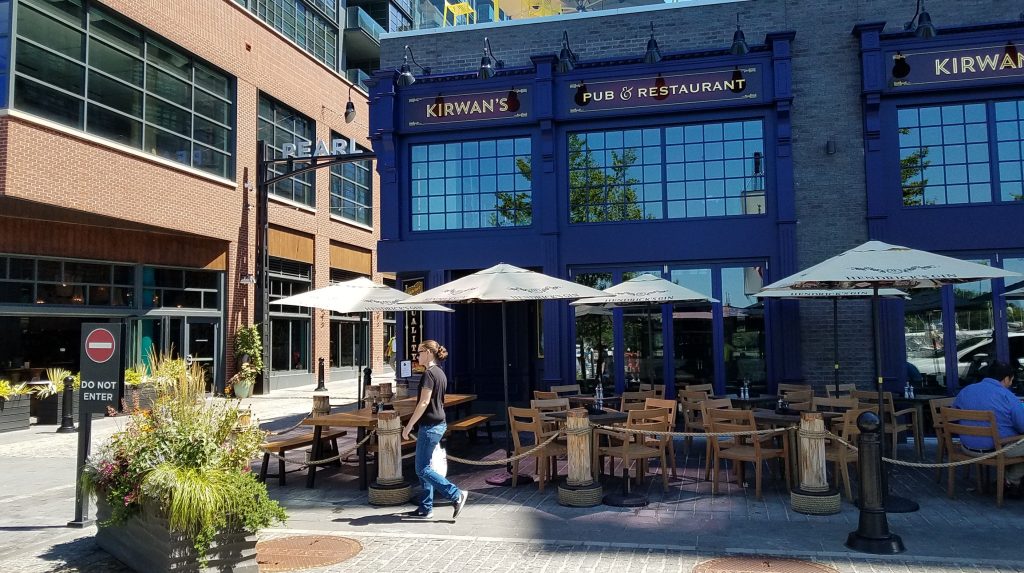My first day back in Brazil
My first day back in Brazil, as promised. It is a little confused, but I figure a plan will become clearer. I have “redacted some names and rewrote sections, since even among us friends I do not feel free to make private talks public. This is part of the raw material that I hope to spin into decent narrative by the time I am done in Brazil.
Started my first working day in São Paulo with a breakfast meeting sponsored by the Ling Institute. This event was to announce the winners of scholarships in law, engineering, journalism and business. The Institute was founded in 1995 as a way for the Ling family to show gratitude to Brazil, where they were able to live and thrive after leaving China in 1951. The family lived in Porto Alegre, where I met the sons and daughter back in 1985 or 86. I will put a link to the Institute in the comments. Suffice it to say that they do a lot of good and now have built up an alumni network that is making it better.
Weakness of Memory, Power of Persistence
It was not fair when I approached old acquaintances introduced myself “again.” We had just been acquaintances and that was more than 30 years ago. What are the chances they would remember a random old guy. I did not make an impression that lasted 30 years. The consulate in Porto Alegre the then my colleagues when we closed and moved to São Paulo did a good job of keeping the contact, however.
Spreading Ideas and Ideas Spreading Themselves
Among the people we met a couple very much interested in exchanges, representing top American universities in Brazil. We talked about the ideas as viruses meme, i.e. that like viruses, ideas exist only in human hosts. They are passed along person-to-person and they mutate and develop along the way. This makes it difficult to trace the lineage of an idea, since it almost never belongs completely to one person. The metaphor we use to describe lineage of ideas is just not apt. We tend to thing of it like a tree, with roots and then a trunk representing the “original” idea and then branches. In fact, it is more like a cloud, with changes moving in indefinite directions, cross pollinating, doubling back and tangling.
This is what makes exchanges so crucial. We cannot simply transfer ideas in a linear fashion. They work best when they develop in the seemingly chaotic and evolutionary way above. If a Brazilian student goes to the USA, he learns some things and contributes some things. Ideally, we have feedback loop that may last decades. We study the exchanges when people have only just returned. This is like studying the ground right after the crop has been planted. It may take years for useful and appropriate ideas to develop, and by then many have forgotten about the initial condition that stimulate them.
All this makes it hard to assess effectiveness, but since I want to do just that, we agreed to talk more and maybe think of some concrete examples that illustrate success and then work backwards to figure out how we know. Worth a try.
The Challenges of Democracy
The keynote speaker at the event was Professor Schuler, himself an example of the type of exchange that stimulates ideas. He went on a voluntary visitor program early in his career and credits it with giving him new insights. Since then, he has cross pollinated with American thinkers and institutions, learned from them and shared their ideas. His talk included references to big thinkers, from James Buchanan (public choice theory) to John Rawls (theory of justice).
Technology Changes Put Populism on Steroids
His talk concerned the challenges and prospects of democracy. Brazil has experienced some interesting developments in this recently, but the factors are worldwide, as we Americans know. Democracy does not always produce the outcomes we might like and populists who get elected by appealing to emotion are also outcomes of democracy, not aberrations, features, not bugs.
Democracy has become a little more exciting recently for a couple of related technical and social developments. Social media has stripped away many barriers to information flow. We all have access to too much information, so we seek short cuts. This was once found in institutions. People looked to experts, statesmen, journalists, religious figures … Many of these institutions are now weakened or even gone. We might welcome the weakening of gatekeepers, but the result has not been more deep thinking by ordinary people but rather more emotion. People have stronger belief in their right to express their opinions and more means to do it. And there are new shortcuts in the form of identity politics.
Not What You Think but Who You Are
In the case of identity politics, thinking is rather discouraged, since you are supposed to think for the point of view of whatever your identity is. Other members of the group my not take kindly to heterodox thought and may consider you a traitor or a fool for even entertaining thoughts associated with the “other.”
So we have too much information, weakened mitigating institutions and strengthened capacity for people to speak out and complain, as well as greater incentive to be unreasonable in defense of their peculiar group interests.
I was hoping for some resolution for this problem, but none was forthcoming, except that Mr. Schuler talked a little about values that are essentially outside democracy. Rights and liberties are not – should not be put up to majority vote. If the majority decides to rob and beat the minority, the will of the majority does not make it legitimate.
I am not 100% sure I got it right, both because of my own bias and the fact that he was speaking in Portuguese (mine is rusty) but I think it was supporting my oft-repeated plea that we should draw a bright line between the personal and the political, because only with real pluralism of thought can we maintain a democracy is the face of such divergent and passionate thoughts. I will see if I can talk to him about that. Something to think about anyway.
Democracy Ancient & Modern
The speaker did not mention it, but I thought of Athenian democracy. We look back at that age with great fondness, but it reads better than it was lived. In fact, Athenian democracy was unstable and bellicose. Those who lived with it – including Plato, Socrates and Thucydides – viewed it with less enthusiasm than we do. In fact, the experience of the Athenians put people off democracy for the next 2000 years. It is one reason why the Founders chose to build our republic on a mixed constitution with roots more clearly in Sparta, the works of Aristotle or Rome, none of which called themselves a democracy and featured mitigating institutions to slow things down and cool passion. The legitimacy of any state ultimately depends on the consent to the people, but not on the ephemeral whims of the most vocal.
Lots of Thoughts in the First Couple Hours
I think this initial dive has given me some more idea that I will need to work out about exchanges, even if the ideas strayed a bit. During the rest of the day, I talked with the local staff. They are the biggest resource, since they know what contacts and exchanges we made and what came of them. There are decades of experience and the useful thing is that it is relatively easy to harvest. So far, interesting.
Land Owner Dinner in Brunswick County
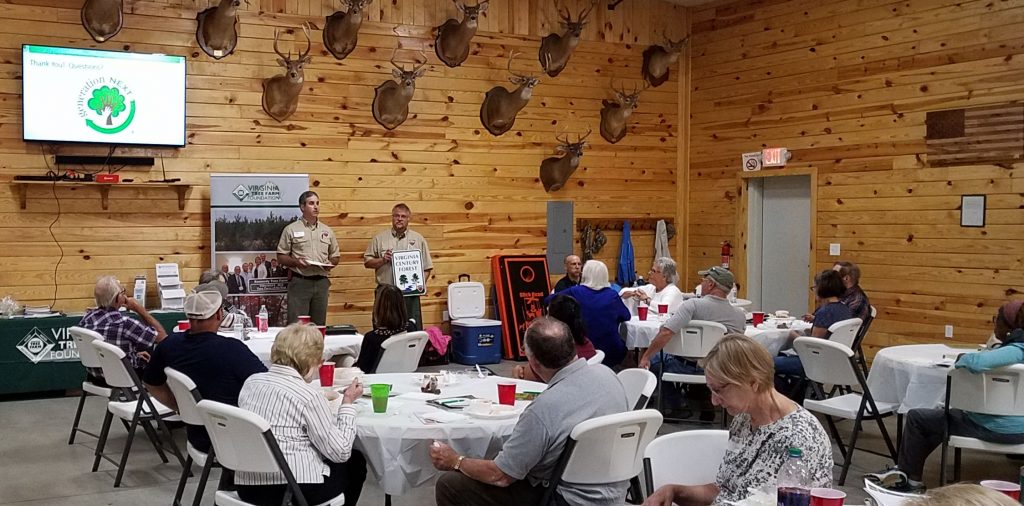
It did not rain all day, so my trip to the farms and the landowner dinner went well.
We got around forty people for the landowner dinner, a good turnout. Mike Santucci gave a much shortened version of his Generation NEXT program, tips on how to pass your forest land intact to the next generation. About 2/3 of Virginia is forest covered and that percentage has not changed very much in recent decades. But ownership is fragmenting. As forest units become smaller, they become less economically and ecologically viable. Generation NEXT does not tell you what to do, but it gives you tools to decide.
Sarah Kammer and Jen Gagnon gave presentations on why and how to be a certified tree farmer. This was more to thank existing tree farmers, who made up a majority of attendees, but also to get them to talk to friends about the program. We current have a little more than 1000 certified tree farmers in Virginia. There is a lot of room for growth. I have written about the value of sustainability on many occasions. Suffice it to say that sustainable forestry is a wonderful goal and tree farm can help sustain sustainability.
Adam Smith and Ed Zimmer from DoF recognized a Brunswick County Century Forest. A Century Forest, as the name implies, has been in the family for 100+ years and has been at least partly forest all that time. This one has been in the family of the recipient for 147 years (if I correctly recall). People like the recognition. It many ways it is an adjunct to genealogy. If everything goes according to plan, our Freeman place can be a Century Forest in only 90 years.
The governor and the Virginia state forester sign the Century Forest award. Mike Santucci jokes that having a Century Forest is big incentive to keep the forest intact. Who wants to be the one to drop the baton in the generational relay.
After the great pulled pork dinner provided by the Reedy Creek Hunt Club, I gave a short tour of our Freeman tree farm. I explained the recent thinning and talked about our plans to restore longleaf and the diverse ecosystem that goes with it.
Bobwhite quail were voicing their distinct call during the talk and on the walk there and back. I could not have planned for a better soundtrack. Bobwhite are one of the iconic birds of the longleaf pine ecosystem. They used to be common in Virginia but now are much less so. Their proliferation on our land helps me think that we are on the right track.
My first picture shows Adam Smith & Ed Zimmer with the Century Forest award. You can also see the really nice place that the Reedy Creek Hunt Club has. Kudos to Mike Raney & Scott Powell.
The other pictures are from the same day but not the same place. They are SMZ on our Diamond Grove place. With all the rain, I thought the creeks would be rising, but they were not. In fact, parts of ephemeral streams were empty. This is a big change in the last decade. When we got the place in 2005, the streams were never empty, even in dry times. I think it is because the trees around had been harvested. Rainwater ran off into the streams. As the forest cover came back, the needles intercepted some of the rain and when it dripped it dripped down slower. The ground is also now covered in leaves and needles that absorb & soften the raindrops. And then the tree roots grab onto the water as is sinks in. This is all to the good. The creek in the pictures is interesting because it always flows but not always above ground. There is a big rock, as you can see in one of the pictures, that evidently goes fairly far down. The water follows the creek sometimes over and always under the sand, When it hits the rock, it comes out as a “spring. Never have I seen the creek on the rock go dry.
I am very fond of this SMZ. I especially love those big beech trees.
Heavy rain for many days
It has been raining for days. It is raining now and it is supposed to be raining this afternoon. Still, I am going down to the farms today. We have a landowner dinner on the Freeman place. I am suppose to talk about the plans on the farm and lead a field tour. If it is raining like it has been, it will not be pleasant.
In any other case, the rain would keep me at home. There is little joy in working on the farms in heavy rain and there are real hazards of getting stuck in the mud. The one advantage I can think of is that I can observe the watercourses. I can see the evidence of high water, but I have never actually seen the flow. I really love to watch the living water. Of course, I need to be careful not to get too close.
My streams are so familiar that I have come to think of them in almost anthropomorphic terms, as friends, but the evidence of high water flows indicates that they could be very dangerous. As much as I love my landscape, I do not want to become part of it.
I have one “stupid water story”. I have probably enhance it in my memory, but what I remember is that I wanted to cross Genito Creek and figured that I could balance on a fallen long to make the crossing. I was mistaken. I fell into the stream and the current pushed me under the log. I got out of it quickly and w/o incident, although my memory is trying hard to make it a more dramatic escape. I did ruin my phone and was uncomfortably soaked walking back to the car. It did make me think about worst case scenarios, however.
As I said, I have become very comfortable with my landscape. When I first got the place, I used to be circumspect and careful. That was probably a good idea. Hanging around in the woods and using sharp tools to pull down heavy trees and rocks is not as safe as writing about it on the computer.
Of course, if you have to go anyway, I suppose it is good to go out in a way that creates an interesting story.
Doves
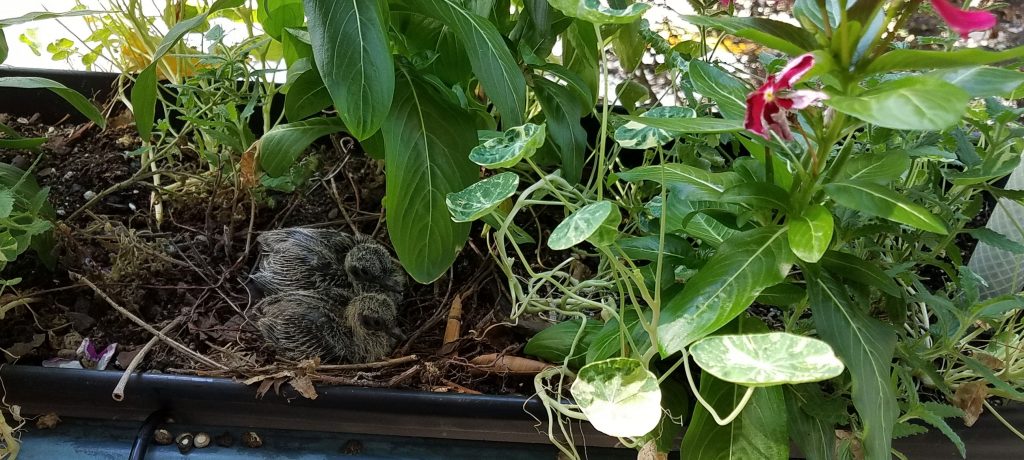
The doves colonize Chrissy’s flower box every year. This has been going on for at least ten years. The doves are unafraid of us. I suppose the flower box on the house provides a relatively safe – “cliff side” environment.
The chicks hatched last week.
Gentleman of Leisure
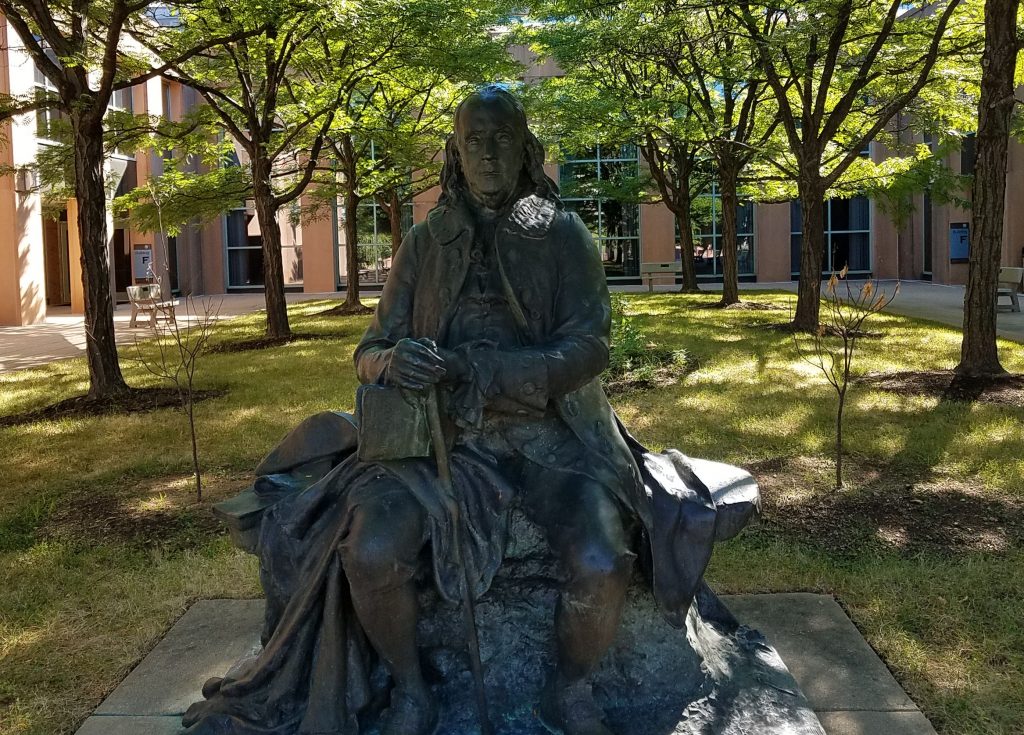
Ben Franklin is the patron saint of American diplomats and his statue sits at FSI.
My favorite Founding Father is Thomas Jefferson. I like his intellect and his love of nature. But Franklin is maybe a better role model, or at least template for my current “Gentleman of Leisure” job.
Franklin became a gentleman of leisure when he was only around forty years old. Much of what he is best know for today came after that.
Leisure today usually means laying around, maybe drinking beer in your underwear after sleeping late. When I chose my title “gentleman of leisure” I knew I would contend with that definition. I welcome the ambiguity because it gives me a chance to explain.
The word leisure comes from Latin Licere – to be allowed. It comes through middle French where it means “permission”. This is what I mean. A gentleman of leisure has to permission/capacity to choose what he will do.
Gentleman of leisure does not mean I do little or nothing. It means I am as active as ever but I am choosing the activities that are meaningful to me. I am no Ben Franklin, but that is what he did.
My first picture shows Ben Franklin in his thoughtful pose. The second is my own leisure pose.

Great Day in Washington
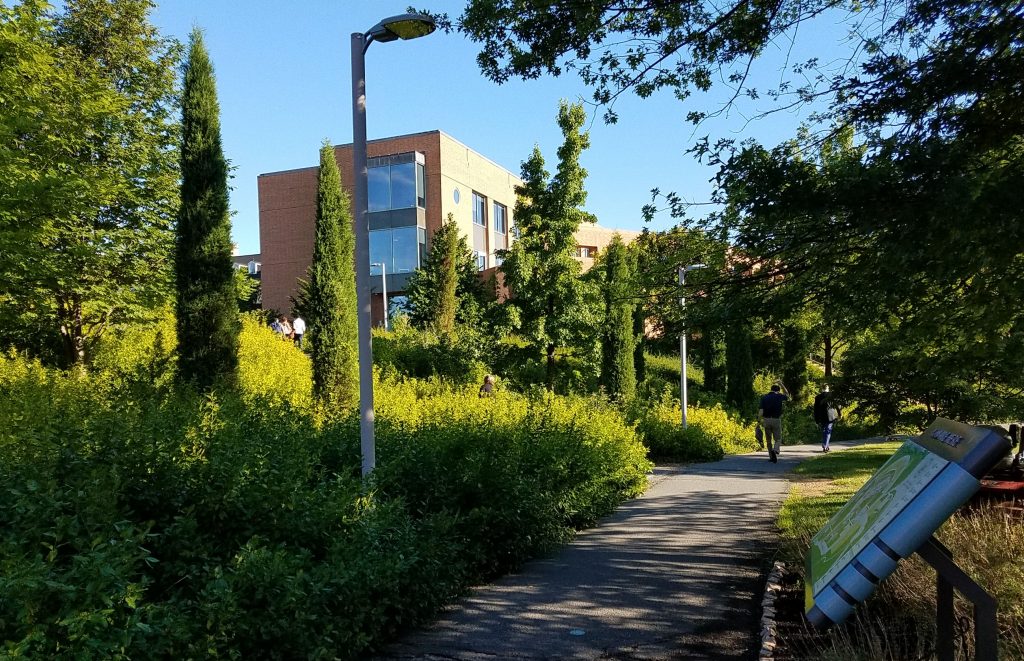
People grumble about Washington weather and about Washington in general, but they are wrong. The weather is glorious in spring and fall. Winters are usually mild and even during hot & humid July we have some really nice days. Today was one of them and tomorrow is supposed to be too.
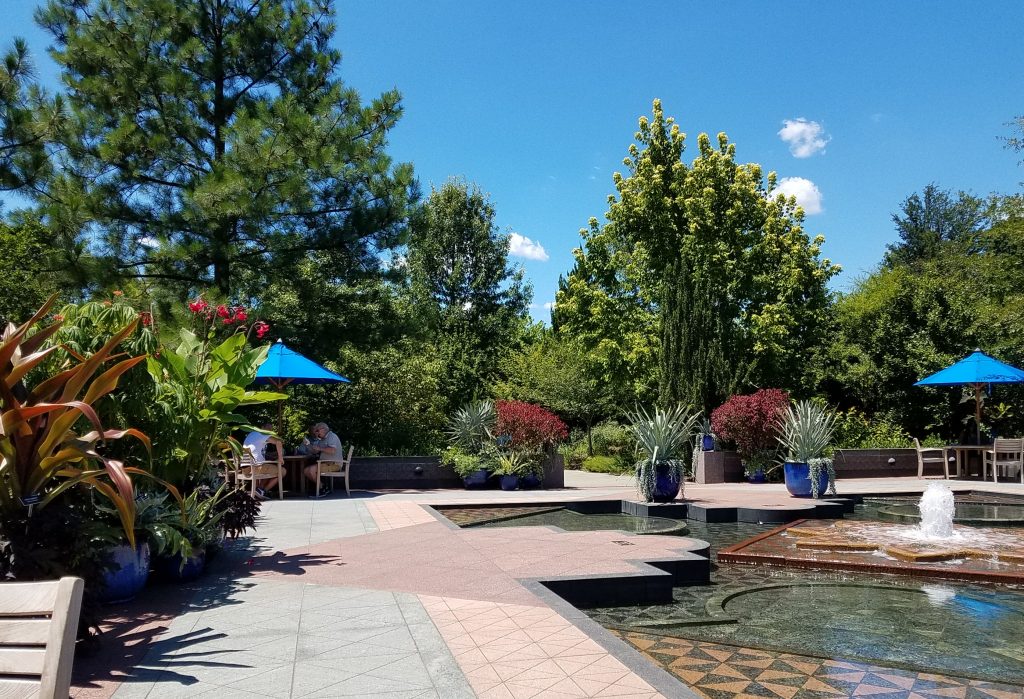
So it was a joy to ride my bike today to FSI and Washington. I stopped at FSI to use the State computers. FSI has lots of good attributes. One that is useful to me is that it is right near the bike trail, so I can ride there almost w/o going on streets. My trip to Brazil is almost set, and I can do most of my business on the home computer, but sometimes not. FSI is closer than HST. After that, I went down to Brookings for a program on sustainable development goals and just enjoyed being.

My first picture is from FSI. They have done a really good job and made the landscape more natural. That used to be a simple mowed hill. Nicer now. Next is the fountain at the botanical garden. I like to sit there and read my book. Next picture is looking the other direction. Picture #4 is a panorama from where I had lunch near the Reagan building. It was just a nice moment. Last is a less happy scene. Sometimes you see where somebody has locked a bike but it didn’t work the way they hoped.
Mosaic District & World Cup
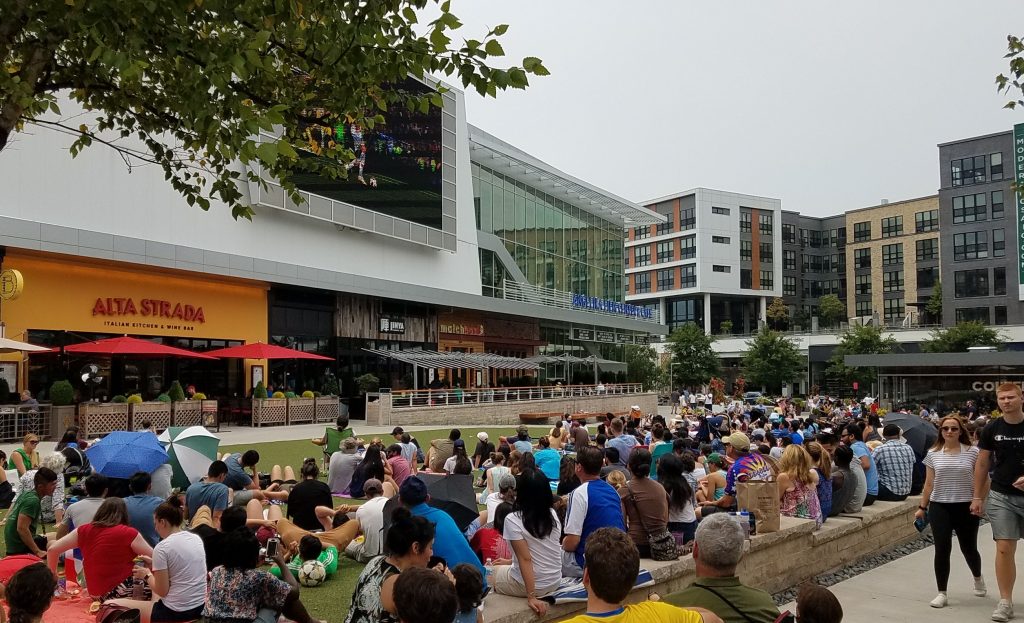
Walked past the Mosaic District today on the way to the farmers’ market. There was evidently some sort of sporting event on the big screen that drew the attention of a large number of people.
Forest Visit with Wildflowers
Silphium compositum – Kidneyleaf Rosinweed
Pycnanthemum tenuifolium
These are some of the wild flowers from around the farm. I suspect I know what some of them are, but I am not sure and would request “hive memory” help.
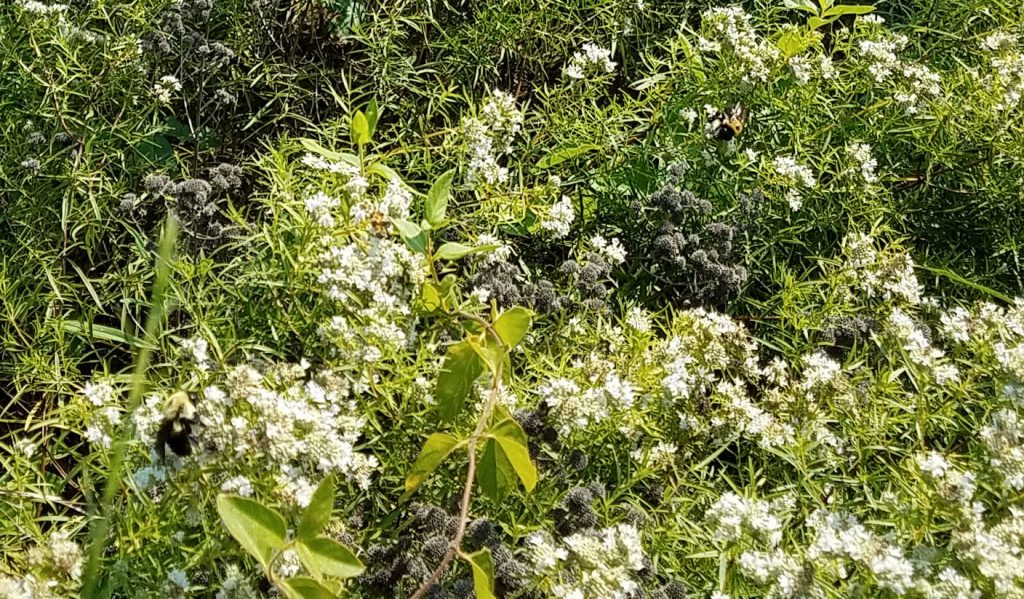
Went down to the farms yesterday. Walked the Freeman place with DoF Adam Smith. We thinned to a very wide 50 BA and made 1/4 acre clearings in each acre to plant with longleaf pine. The openings and mosaic pattern are a variation of the Stoddard-Neel technique I read about. It uses the principles of an open, uneven-aged forest. In the real technique use natural regeneration. I cannot, since I do not yet have a longleaf seed source. The total is about 80 acres. Adam will supervise a burning in September to clear some of the underbrush and burn up the slash. I have asked the kids to help plant few thousand longleaf in December. I will have a professional crew finish the job before Christmas in 2019.
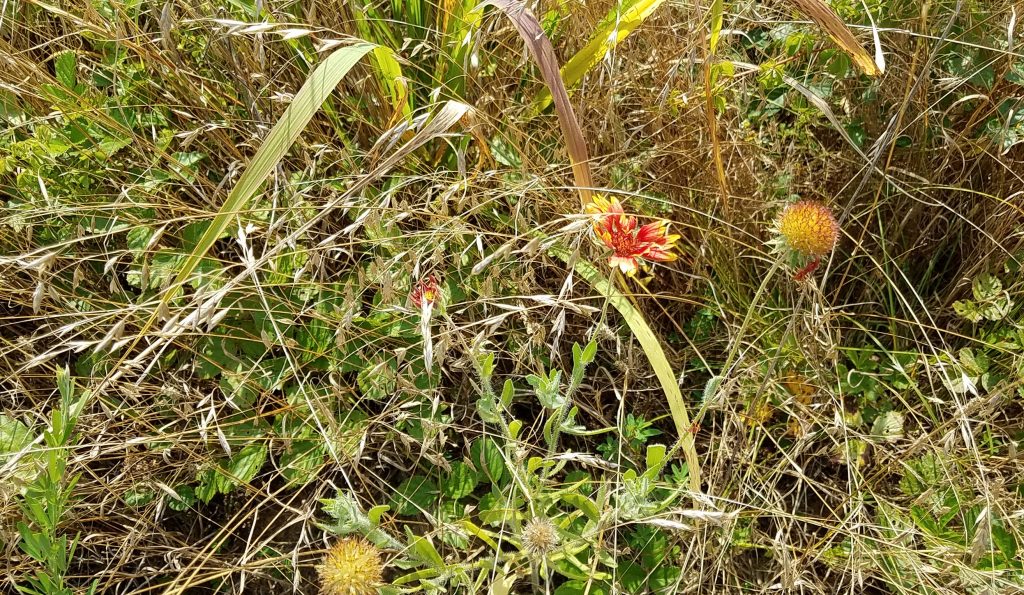
Gaillardia
I also stopped by the Reedy Creek Hunt Club and talked to Mike Raney about our Tree Farm landowner dinner on July 24, which will be held a the club. They make great pulled pork. Anybody from around Brunswick County who wants to come, please contact me. It will be a good event. I will talk about the tree farm, as above, and take people on a short walk to see it. Jen Gagnon, from Virginia Tech will talk about tree farming and Adam Downing & Mike Santucci, from Virginia DoF will talk about succession planning for forest ownership.

Cyperus echinatus
Went to the other units too. Diamond Grove is growing well. I think I will thin that in 2020. I was going to do next year, but I think another year will do better. I will see. Those trees were planted in 2003. We applied biosolids in 2008, which gave them a boost. We also did pre-commercial thinning in 2008, so that are not too tight.
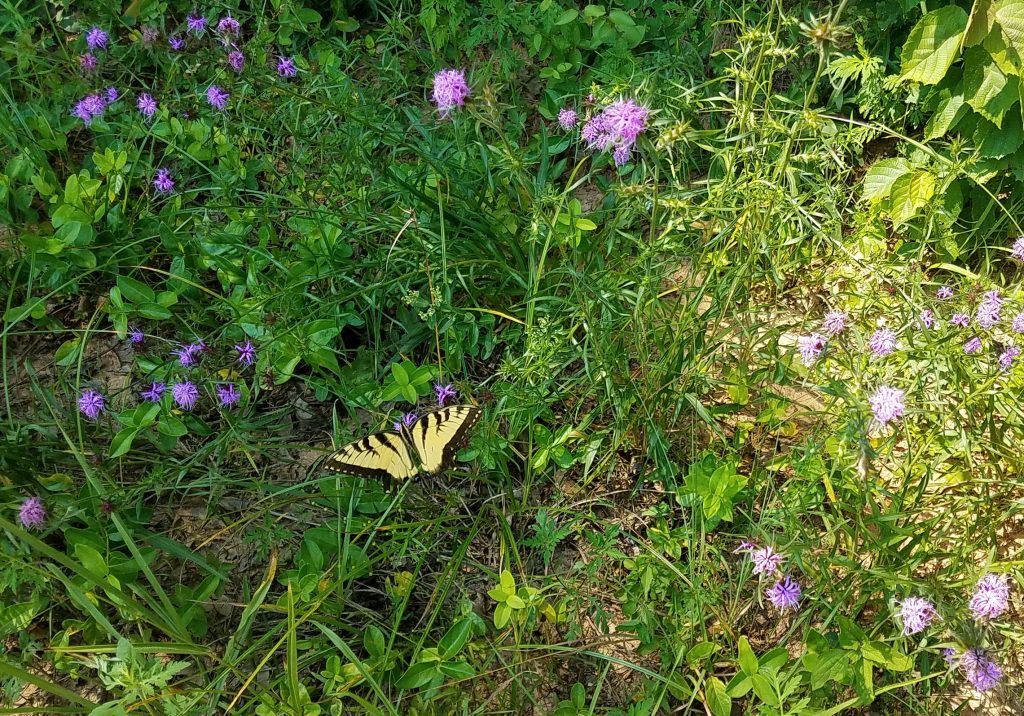
Liatris
I walked around Brodnax to look at the longleaf and loblolly plantations from 2016. The loblolly are very robust and are coming over the tops of the competing vegetation. Longleaf, not so much. I may have to replant some longleaf. I figure I will just do some of the easier areas and accept that it will be a mixed longleaf-loblolly forest, since natural regeneration of loblolly is strong. When they do a thinning way in the future, maybe 2032, they can take out more of the loblolly. I will think about that later if I am still thinking about such things later. The burned area still disturbs me a little. I believe it is okay, but I will need to wait to next spring to easy my troubled mind about that. We will burn the next patch of that I hope in February.
Asclepias tuberosa
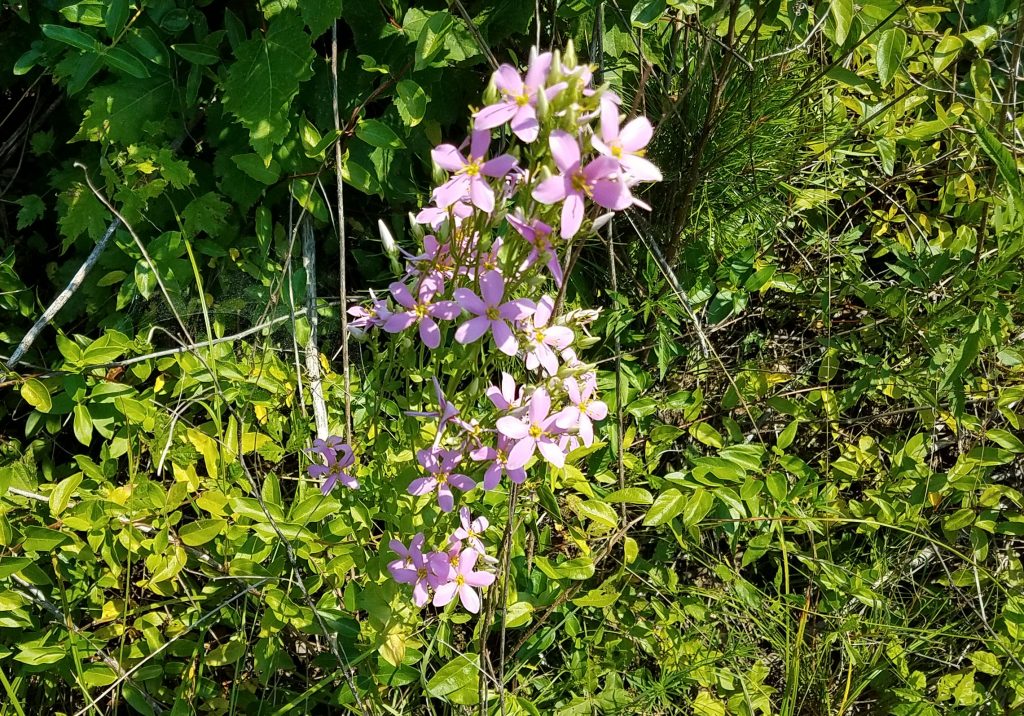
Gentrification is Good at National Wharf
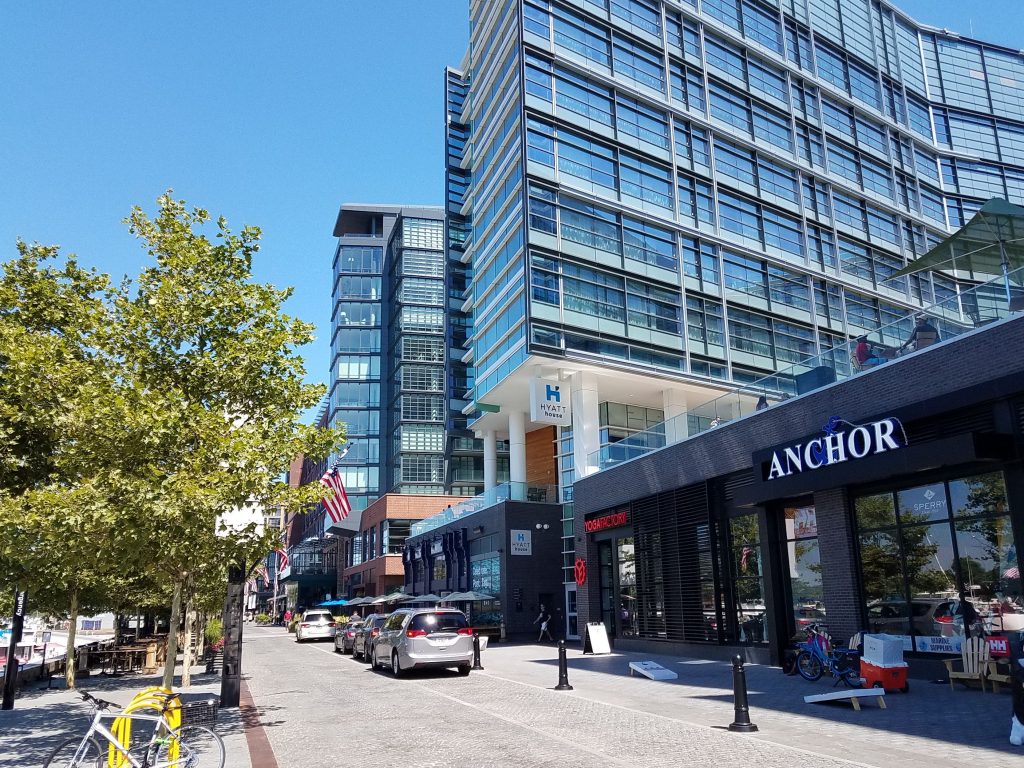
I didn’t recognize the place. We lived in around here when we were studying Norwegian. It was not very nice. There were a few restaurants, but the area was seedy – vaguely troubling during the day and dangerous after dark.
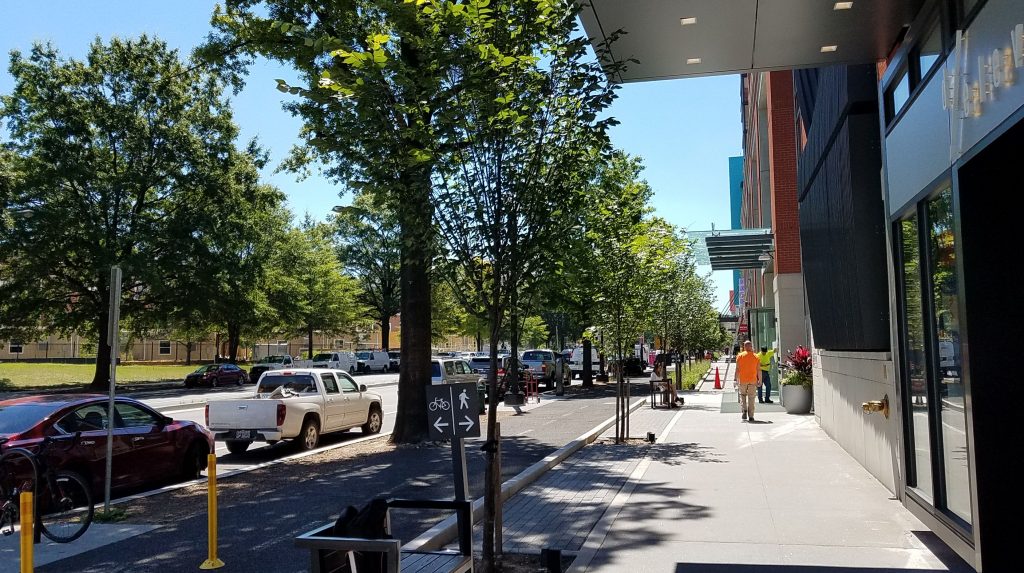
Now it is great. They call it District Wharf or Southwest Waterfront. I have to come down here with Chrissy. There are lots of nice restaurants with outdoor seating, places to drink beer in pleasant surroundings.

The pictures are from District Wharf. Notice the nice pub and new buildings. There is also a bike path. Notice the newly planted trees. They are American elm and should be great in a decade an magnificent in a two. The last picture shows a planter. The planters feature longleaf pines, just coming out of the grass stage. Of course, they are just decorative. In its natural environment, a longleaf pine that size will have roots reaching 10-12 feet.

